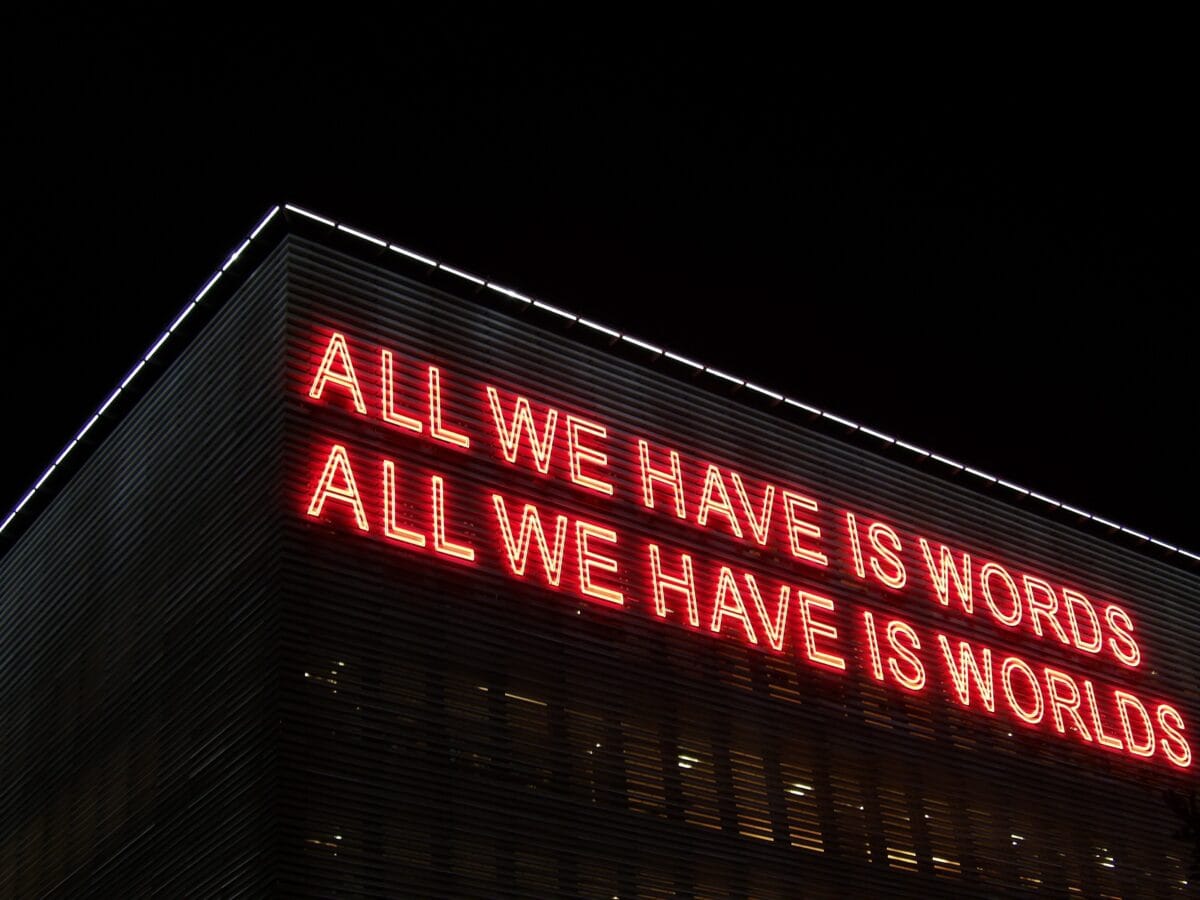We (modern) humans have a great tendency to want to categorize things to make sense of them, and I dare say it’s linked directly to our allergy of the mysterious and unknown. Every week I run into the inevitable “so what do you do” question, and as I start my attempt at explaining my art, I can often see the person really scrambling their mind to find a neat category to house it in: “ohhh it’s yoga“, “sounds like reiki“, or “oh yes I know this very well I did 20 years of qi gong“.
The problem is, these comparisons tend to be really superficial at best, and at worst completely and utterly wrong. For practices that look or sound roughly the same, there can still be so much going on under the hood that they can produce dramatically different, even opposite, results. If this is the case, is there any use in categorizing them together?
Even amongst the schools who label themselves Daoists, there are huge differences. Although the texts referred to are often the same (Dao De Jing, Nei Jing Tu, etc etc), the way they are interpreted can be different, and more importantly so can the practices associated, and the arrangement of things that are important to attend to vs things that are merely a side interest.
The Wu Dang style of wushu-y tai chi forms, flowing robes, and deep flexible stances are featured on many videos of temple style Daoists doing their thing, and would not be encountered at all by someone training in Da Xuan. On the other hand, if you were to browse reddit for insight, it sounds like a bunch of philosophy without any practices whatsoever, with most people substituting Buddhist style meditations or just saying Daoism is just a philosophy that goes alongside whatever qigong class you can find.
You can see that lumping all Daoist lineages (either made up recently or very old) together is roughly akin to taking all Native Americans or Aboriginal Australian traditions and lumping them together as “basically the same”, when there is often so much difference that it starts to become questionable to even bother making the comparison in the first place.
We also have practices for Qi gong and Tai chi in our lineage, and these too are fundamentally different in practice and intention than they are in literally every single other tai chi or qi gong class I’ve ever been to. I have had many students appear with years or decades of experience doing yoga or qi gong or tai chi, and they often do not meet the most basic standards we have for beginners in our school. The same would be true in reverse, if I were to attend many of these classes from different traditions, I would probably have to return to the start to focus on whatever basics they held as important that we don’t focus on.
Then there is the term ‘meditation’. Many people use this term very freely, using it to refer to anything that’s mildly introspective. I’ve had people ask me if my standing practice is a standing meditation. For me, it absolutely is not, as our school has a very precise definition for meditation which is a specific state rather than meaning “sitting, standing or walking introspectively”. Many other schools would say yes it is. It’s not about saying one is right and the other is wrong, but rather seeing that even though they share a commonality, they are still very different. Different practices, with different processes, with different structures and reasonings for doing it in that way, and different results for people who engage in the practices long term.
There are two habitual impulses of the modern mind that I want to highlight with this article, as I firmly think that overcoming these impulses can lead to all sorts of great personal development for anyone who would wish to do such a thing.
The first is an impulse to look at or hear about something superficially, vaguely, as if from a distance, and assume that because it roughly looks the same as something else that you know, the details are all the same and the results from doing the thing would be all the same. We have sayings about not judging books by their covers and having appearances be deceiving, but we don’t tend to follow them very well. It also tends to give a good excuse to act out of ignorance. There is another more modern saying I like: “when you assume, you make an ass of u and me”.
The second is this impulse to make everything into one thing, to homogenize it so that it becomes familiar and therefore not scary.
We of course need to do these things to get around pragmatically, but someone who is doing this and really strongly believing it acts very differently to someone who is doing it for basic practicality without taking the generalizations as hard truths. Personally I work constantly towards cultivating my capacity to differentiate, discern differences, and avoid taking my mental inferences and conclusions too seriously as they are based on (mostly erroneous) assumptions. It’s again about landing on the more brutally honest “I don’t actually know about that particular thing even though it sounds a bit like something I’ve got experience with” conclusion.
Maybe dropping the assumption and categorization can lead you to actually asking people about what they are doing, or even better trying a thing you thought was more like something else. The possibilities really start to open when we stop thinking things are all the same.
Craig can be found at www.craigmallett.com and contacted direct at [email protected]

